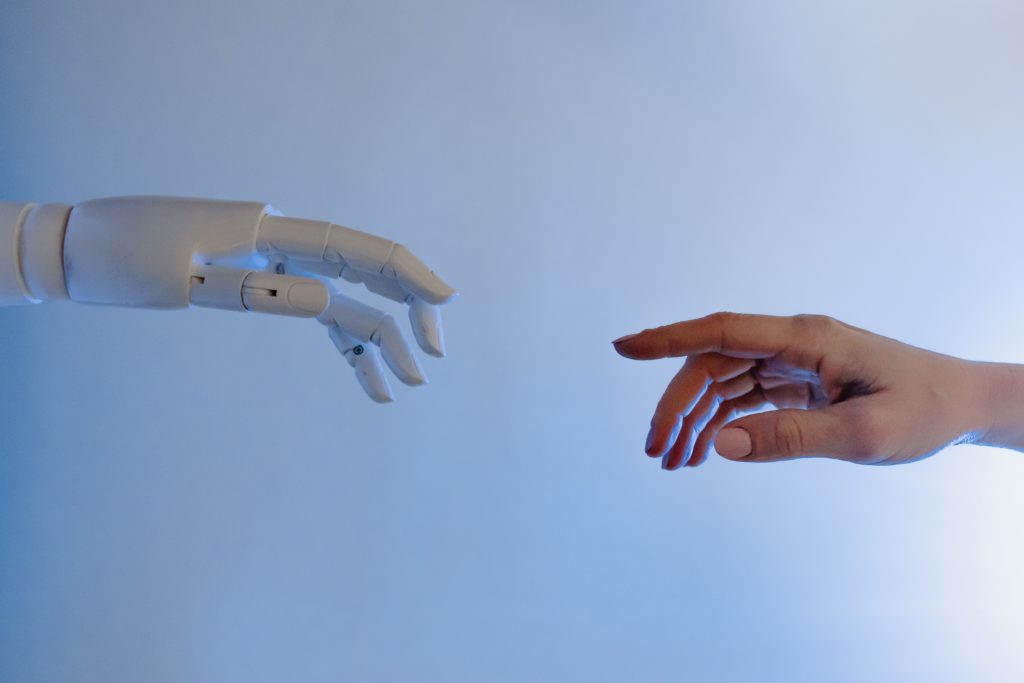In the ever-evolving world of blockchain technology and digital art, a new concept has emerged that is revolutionizing the way we perceive non-fungible tokens (NFTs). Dynamic NFTs, the latest innovation in this space, are breathing new life into the digital art market and pushing the boundaries of what can be achieved with these unique digital assets. In this article, we will explore the concept of Dynamic NFTs, their potential applications, and how they are transforming the notion of digital ownership.

Understanding Dynamic NFTs:
At its core, a Dynamic NFT is an NFT that possesses the ability to change or evolve over time. Unlike traditional static NFTs that represent a fixed digital asset, Dynamic NFTs introduce an element of programmability, allowing for dynamic characteristics and interactions. These characteristics can range from animations, audio, or even real-time data updates, making the NFT a living, breathing entity in the digital realm.
Breaking the Boundaries of Digital Art:
Dynamic NFTs are redefining the boundaries of digital art, enabling artists to create immersive and interactive experiences for collectors. With the ability to incorporate animations, music, or other multimedia elements, artists can now craft NFTs that evolve and adapt to the viewer’s actions or external stimuli. This interactivity adds a new layer of engagement and emotional connection to the artwork, enhancing the overall value and appeal of the NFT.
Applications and Use Cases:
The potential applications of Dynamic NFTs extend far beyond the realm of art. These programmable assets can have various practical use cases, such as:
Gaming: Dynamic NFTs can be integrated into video games, allowing players to own unique in-game items that can evolve or gain new abilities over time. This creates a dynamic and personalized gaming experience, enhancing player engagement and fostering a sense of ownership.
Collectibles: Dynamic NFTs can be used to create digital collectibles that change or grow based on specific conditions. Imagine owning a collectible card that gains new abilities or attributes based on your achievements or milestones within a game or community.
Virtual Real Estate: Dynamic NFTs can be utilized in virtual worlds to represent real estate or properties. These assets can evolve or change based on the actions of the owner or the community, creating a dynamic and ever-changing digital landscape.
Digital Identities: Dynamic NFTs can serve as digital identities, allowing individuals to showcase their achievements, skills, or personal growth over time. These programmable identities can update automatically as the individual reaches new milestones or accomplishments.
The Future of Digital Ownership:
Dynamic NFTs represent an exciting frontier in the world of blockchain technology and digital ownership. With their ability to evolve, adapt, and interact with the viewer or the environment, these programmable assets are reshaping the way we perceive and engage with digital art and other digital assets. As the technology continues to advance, we can expect to see even more innovative use cases and exciting opportunities emerge in the world of Dynamic NFTs.
Conclusion:
Dynamic NFTs are unlocking a new era of digital ownership, where digital assets can evolve, adapt, and interact with their owners. This innovative concept is revolutionizing various industries, from art and gaming to virtual real estate and personal identities. As we witness the rise of Dynamic NFTs, it’s clear that we are only scratching the surface of their potential. The future holds endless possibilities for these programmable assets, reshaping the way we perceive, value, and interact with digital assets in the digital age.




